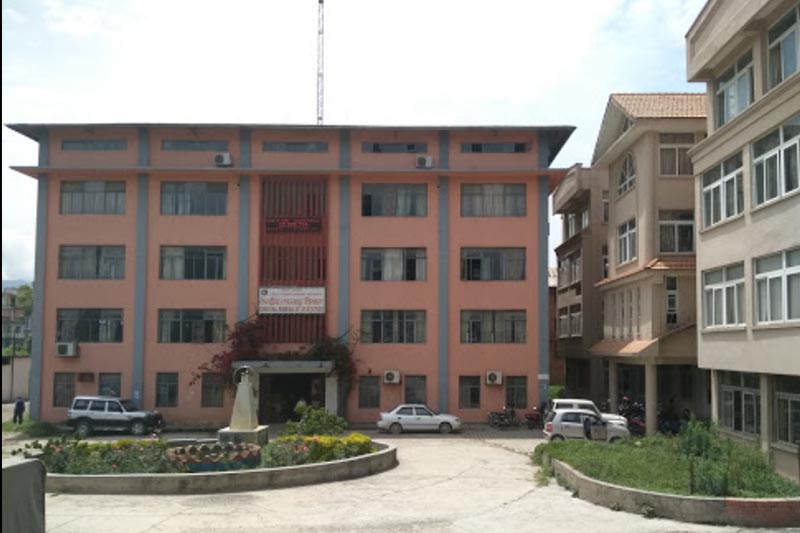Unemployment rate stands at 11.4 pc
Kathmandu, April 26
Although the government has introduced several programmes to reduce jobless rate, statistics have revealed that there are still 908,000 working age people unemployed in the country.
According to the Nepal Labour Force Survey conducted by the Central Bureau of Statistics (CBS) in the last fiscal year 2017-18, the unemployment rate has reached 11.4 per cent in the country. Of the total number of jobless people, 511,000 are males while 397,000 are females. As per the report, the number of unemployed people stands at 640,000 in urban areas and 268,000 in rural areas.
There are approximately 20.7 million people of the working age and approximately 7.1 million are employed while 908,000 are unemployed. According to the report, 4.4 million employed people are males while 2.6 million are females.
Among the total employed people, 69 per cent that translates to 4.9 million employees are based in urban areas while 31 per cent, that is 2.1 million employees, are based in rural areas. Of this total, 68 per cent males are from urban areas while 32 per cent are from rural areas. Likewise, 70 per cent females are from urban areas while 30 per cent are from rural areas.
Based on the data, the highest employment rate is in Province 3 while the lowest is in Sudur Paschim Province. While 43.8 per cent population is employed in Province 3, only 24.1 per cent population is employed in Sudur Paschim Province. Likewise, the highest rate of unemployment is in Province 2 with 20.1 per cent people unemployed. The report further mentions that 15.4 per cent people are engaged in formal employment and 84.6 per cent are employed in the informal sector.
Similar to the disparity in employment between males and females, there is also a huge difference in wages. As per the report, average monthly income of employees stands at Rs 17,809. But, while males receive Rs 19,464 monthly salary, females receive only Rs 13,630. Female workers are thus paid Rs 5,834 less than male workers per month.
Meanwhile, the five top employment generating industries are agriculture, forestry and fisheries; wholesale and retailers; automobiles; industries; and construction and education. The aforementioned sectors have generated 21.5 per cent, 17.5 per cent, 15.1 per cent, 13.8 per cent and 7.9 per cent employment, respectively.
Though the government has been promising to generate employment within the country, every year a large number of working age population is going abroad for jobs. It is to be noted that the government had brought several plans and programmes to raise employment rate inside the country in the recent past, with the Prime Minister Employment Programme being one.






